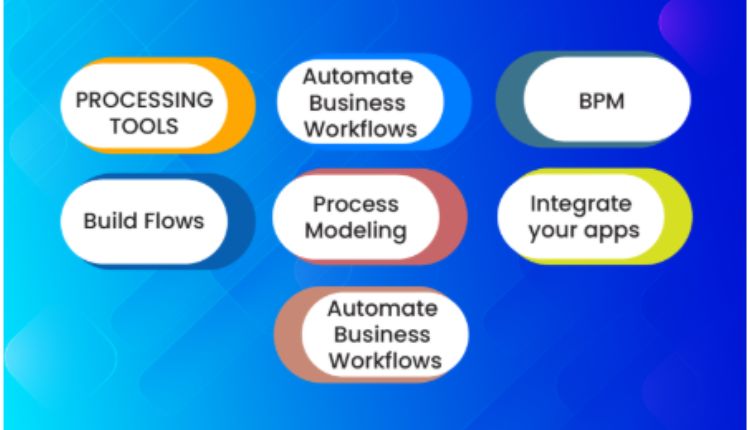Like many generative AI tools, ChatGPT can generate dark or harmful content. It also scrapes the internet for information and is subject to copyright and privacy concerns. Faculty should consider these issues when assigning assignments that use GPT. In addition, students should be encouraged to utilize more than one tool when creating their work.
What Is ChatGPT?
AI Tools ChatGPT is a free, generative AI language model that can answer questions and compose various written content, such as emails, essays or code. The “GPT” in the name stands for Generative Pre-trained Transformer, and it is one of many large models available through OpenAI.
It uses online text and transcripts to learn the basics of human conversation, then it can be trained with specific data for a particular task. Users can provide feedback on the output by giving thumbs-up and thumbs-down to help improve the model’s underlying algorithm.
Like calculators, generative AI tools can improve efficiency and accuracy in certain tasks, but they also raise concerns about their use in education. It is important to consider these issues and decide how to best incorporate such tools in the classroom. To do so, you may want to include a statement about appropriate and inappropriate uses of AI in your syllabus. You can find helpful resources on the Provost’s Your Syllabus website or UT’s Student Conduct and Academic Integrity webpage.
How Does ChatGPT Work?
To learn how to respond to a prompt, ChatGPT analyzes its training data for context and meaning. It then applies that knowledge to your prompt. This data includes text, images, audio clips, and video clips. It is collected from a number of sources and then labeled by humans. The resulting curated dataset is then used to fine-tune a pre-trained language model.
Once the chatbot has analyzed its training data, it can write copy, draw images, draft emails, hold a conversation, translate natural language into different programming languages, and more. It can also respond to prompts with a randomness that can be controlled with a setting called “temperature.”
Unfortunately, AI models like ChatGPT can generate advanced content that can be exploited by bad actors for harm, including spreading misinformation about public figures and influencing elections. This is why organizations and governments are working to establish guardrails ensuring responsible AI. Until then, it’s important that you know how to ask the right questions—and understand what ChatGPT is capable of.
How Can I Use ChatGPT?
Using ChatGPT in the classroom challenges students to access, prompt, verify and critically evaluate information and output. It also encourages them to think creatively and push for new ideas in the content they create for the tool.
By providing specific phrasing in the prompts they write to the AI, students can guide how the tool responds. They can experiment with different prompts to discover if certain phrasings produce more accurate or desired responses, and use that knowledge as they refine their work.
Additionally, teachers can ask the model to generate different types of content based on prompts. This is helpful for writing assignments that require multiple drafts of a piece of text, and it can help students develop an understanding of the power and limitations of the tool. For example, the AI can be used to generate ideas for social media posts, blog topics, or website content. It can even help students find inspiration for an essay or story by generating trending topics.
What Are The Limitations Of ChatGPT?
As with any technology, there are limitations to using ChatGPT. For example, its memory limit is 32,768 tokens, which may lead to truncated or lost responses. Additionally, it can struggle with complex or specialised topics that don’t have adequate online data to draw on. As a result, it can produce inaccurate or potentially biased answers. Furthermore, it can make grammatical, mathematical, factual, and reasoning errors (using fallacies). Therefore, it’s important to double-check its responses against credible sources.
It also lacks common sense, as it does not understand indirect questions or idioms and can only focus on one aspect of your query at a time. This can cause it to miss the point of your question and give a nonsensical response.
It has also been known to regurgitate other people’s work when generating its own answers. As such, it can be used to commit plagiarism, which is a serious academic offence. For this reason, it is recommended that students only use ChatGPT if it has been specifically approved by the course instructor as part of an assignment.
Wrapping It Up
ChatGPT is a large language model (LLM) that generates answers to prompts. It is very good at predicting a logical sequence of text to answer questions. Students can use it to generate writing content, run it through existing grammar/style/paraphrasing tools to make it more academically sound and complete assessment-related tasks. However, they may not use it to write an entire assessment response.











